Art and Watchmaking with Maximilian Büsser founder and creative director of MB&F and curator of the M.A.D. Gallery
22 May 2017Today we had the pleasure to meet and interview Maximilian Büsser, founder and creative director of MB&F and curator of the M.A.D. Gallery, the art gallery platform of MB&F. Famous for its eccentric creations (we spoke about the Horological and Legacy Machines, as well as the co-creations with other Swiss manufacturers here, here and here) MB&F literally means Maximilian Büsser & Friends.
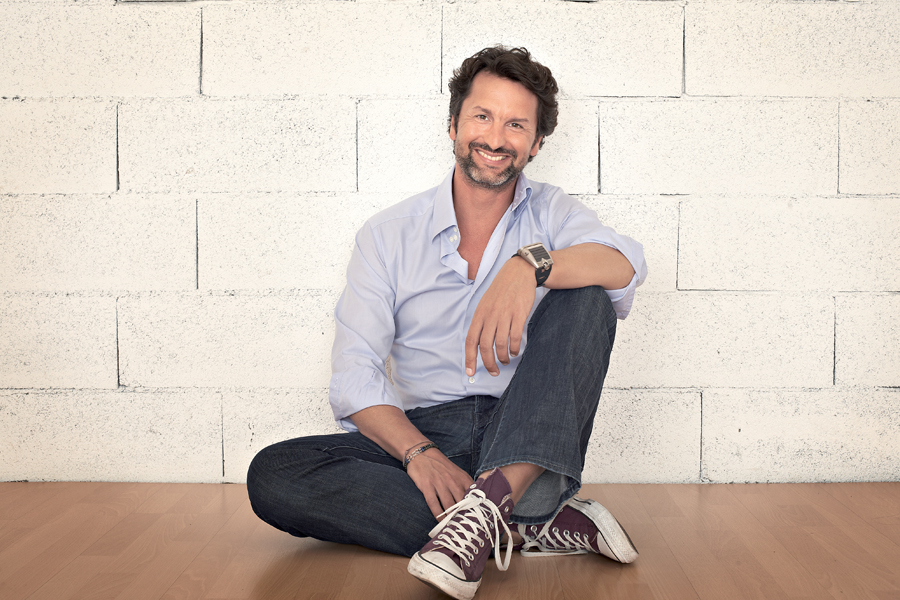
How could you possibly become from a young product manager in Jaeger LeCoultre to the Head of Harry Winston Timepieces, and successively the founder and creator of one of the most intriguing and creative watch brands ever existed, in only 15 years? (in 1991 Max started to work for JLC and in 2005 founded MB&F)
It’s actually been 25 years now! 1991 to 1998 at JLC, 1998 to 2005 at HW and MB&F since then. It was only possible because I started my life in watchmaking 25 years ago when watch brands were so small and all on the verge of bankruptcy. As a young graduate I could immediately have access to the whole company and how it worked. Also I was lucky to be mentored by Günther Bluemlein and Henry-John Belmont at JLC. They taught me so much. And we made so many errors ! Errors are the greatest teachers, much more than successes.
Then at 31 when I was chosen to head Harry Winston Timepieces it was also on the verge of bankruptcy, and 1998-1999 was easily the worst year of my life. Having saved HW with no help from the head office, gave me the courage later on to create my own brand and put all my savings in it. If you look at our numbers at MB&F over the last 12 years, it looks like a walk in the park… but we nearly went down four times in our history (2007, 2009, 2012 and even 2014). Each time for a different reason (luckily, otherwise that would mean I was a really bad entrepreneur !) and today the brand is doing insanely well. For the past three years, sell out at our retailers has been consistently much higher than our production. As we decided in 2013 to stop growing, all we do these days is tell retailers and clients that there are no more pieces left to order ! I would never have dreamt of that…
Can you explain us your creative process when you design a new watch?
At the beginning of MB&F there was a lot of doodling and sketching involved. Now most of the time concepts just enter my head and it is sort of weird… I often don’t know where they come from or why they appear. They just do.
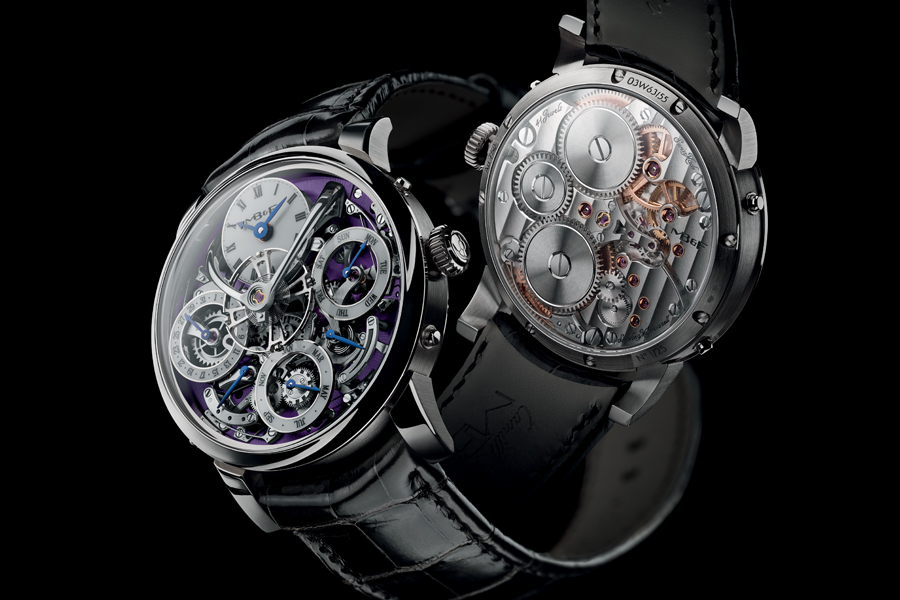
How big is the influence of your “friends” (like Eric Giroud, for example) when you create a new watch from scratch?
The initial concepts are always mine and then I work with Eric, Serge (our technical director and my partner in the company) and the engineers to see what are the best solutions to make them come to life. Creating a piece of MB&F is always a journey. It is rare that the end product resembles exactly the initial idea. The journey is as important as the result itself.
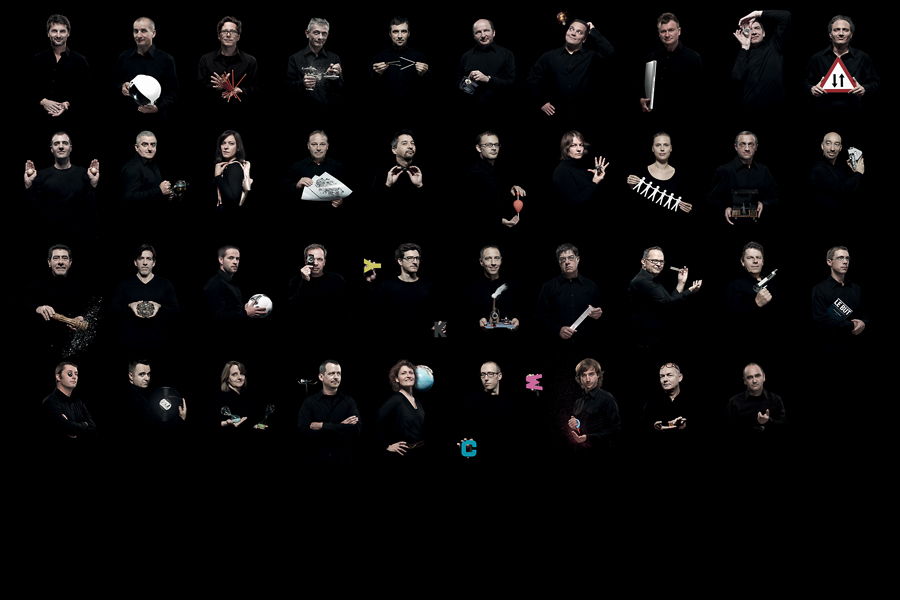
For each new Machine you start first from the creation and then you ask the watchmakers to “make it move”, how complicated is this process compared to the normal one?
Luckily after 25 years of creating watchmaking movements I have a certain idea of what is possible and what is not, but with Horological Machines we are constantly having to find new solutions and technical ideas to transform our designs into realities. The engineering is way more complex than any existing round classic movement and takes therefore much more time, energy and investments.
Let’s talk about the M.A.D. Gallery concept, how did you come up with this idea?
I thought that if we showcased mechanical and kinetic artists we love alongside our MB&F pieces, more people would understand our creative watchmaking process. What started half as a decoding machine to explain our brand and half as a hobby, has become a very important part of our company. With three Galleries and therefore 12 to 14 new artist openings a year, my work as a curator is an important – and very enjoyable – part of my life.
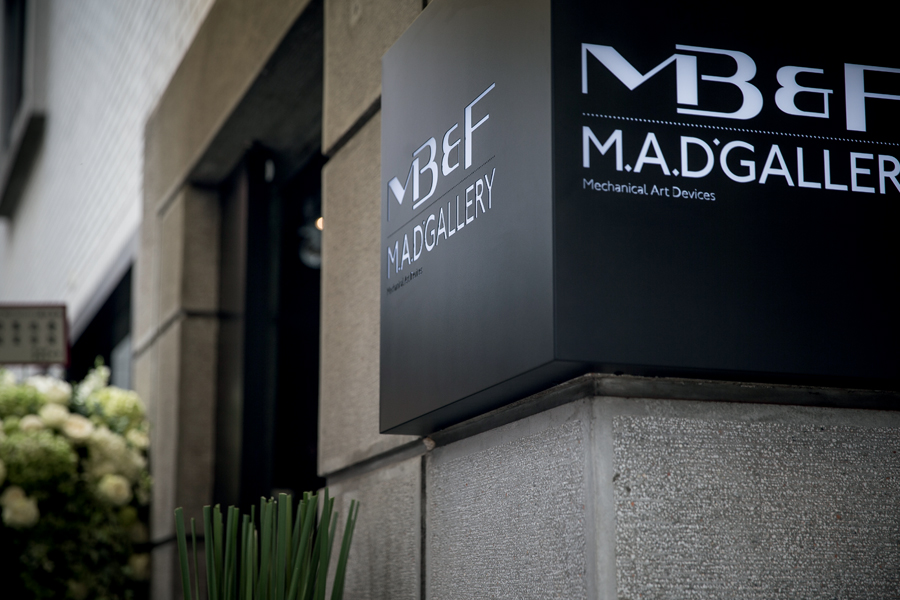
How can you find time to search for the amazing creators you exhibit there?
Initially we curated creators I knew and loved, then we started looking around the Internet and now after soon six years a certain amount of artists/creators contact us to show us their work.
How much the brand MB&F is helping the M.A.D. Galleries to establish in their respective markets? Or is it the other way around?
Both feed off each other. Usually, when we open a M.A.D. Gallery, sales of MB&F pieces are boosted exponentially. We saw that in Taipei and in Dubai (where for example sales last year went from 3 to 23 pieces !). On the other hand M.A.D. Galleries depend very much on MB&F pieces as 50 to 70% of their revenue comes from them. The art and the timepieces work in great symbiosis.
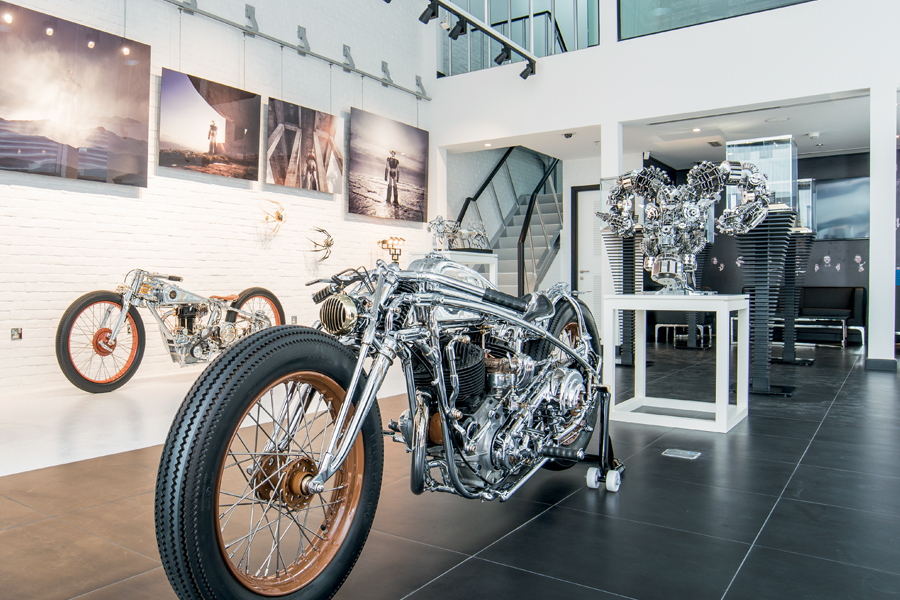
How many M.A.D. Galleries you expect to open in the next years?
No idea. A M.A.D. Gallery is not a business but a way to deepen relationships with local partners. It depends therefore much more on our partners than on us.
What do you think will happen in the watch business in coming years?
I actually don’t know… It seems to me that we are at the end of a cycle. The big watch brands have been using the same “software” for a little too long, and need to reinvent themselves. More creativity and more risk taking whilst coming back to the fundamentals of value and artisanship.
What about the role of retailers?
Retailers need to reinvent themselves also. For example if retailers do not become media, media will be the next retailers. It is crucial for retailers to not only develop a strong community of customers (and not rely on the brand marketing to sell the pieces they have in stock) but also to entertain them in the digital world. For the last ten years, retailers have relied too often on great locations and great brands whilst the quality of their staff declined, and without any attention to the digital world. Retailers need to educate, inspire, and debate. They need to create a real following in and out of their stores.
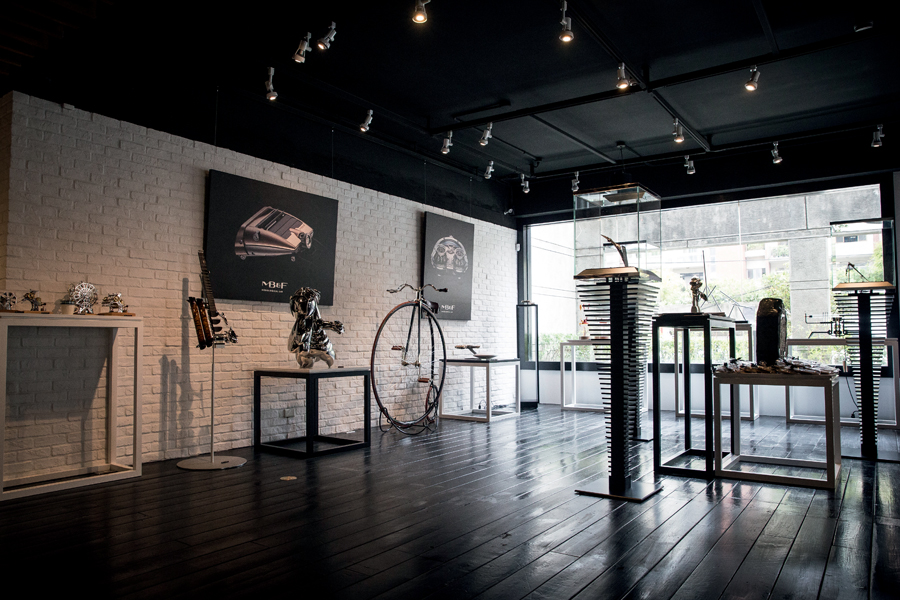
Let’s talk about internet, almost everyone started to approach it with social media and e-commerce platforms… but the results are often not as good as expected. What’s your opinion?
Social media gives your brand a soul and demands transparency. I don’t understand brands that either outsource their social media or treat it as a traditional media.
As for ecommerce all brands need to have it. Why should a client who lives in Bergamo need to get to Milano to buy a piece if it is not available in his town ? If he knows exactly what he wants, why couldn’t he order it at 2am in the morning from his bedroom, when in high spirits coming back from a good dinner ? Ecommerce is a necessity. It will not kill retail but is a complement to it. For example on the first day of our HM7 Aquapod launch in January, we took 5 pieces (retail 100’000 to 120’000€ each) on order at our Geneva M.A.D. Gallery. All from faithful customers who had not seen it yet in the metal but wanted it nonetheless. Were we going to tell them “No, you need to fly to Geneva to order and pay it ?”. Whatsapp, Facebook, Instagram, Linkedin, email… all of that is ecommerce today. The other day the sales team of our Singaporean retailer told me that 80% of their sales were now done through their smartphones compared to only 20% with clients entering the store. That says it all.
Thanks a lot Max! One last question, are you constantly looking for “what’s next?”, or you are actually able to find the time to think about how happy and satisfied you are?
Having children late in life (my two daughters were born in the last 4 years) has finally given me the opportunity to realize how lucky and happy I am. Not only because of what we have achieved all together but also because I am so much more serene and balanced than before. Having said that, creativity is a hard drug and I don’t think I will ever be able to stop. On the contrary, I need to push the boundaries always more… Let’s see what comes next !
